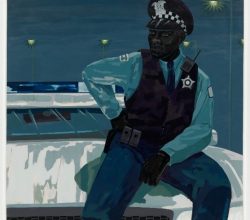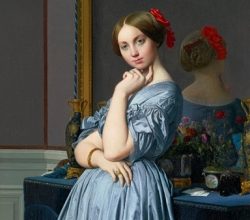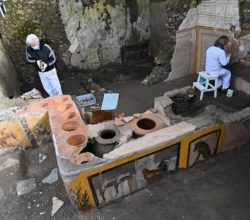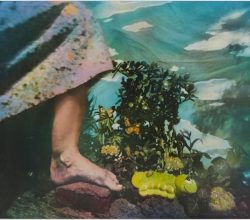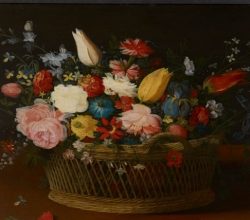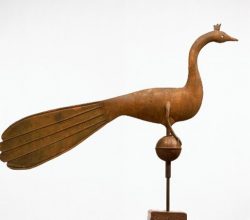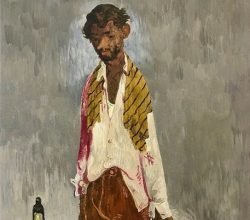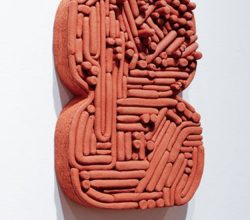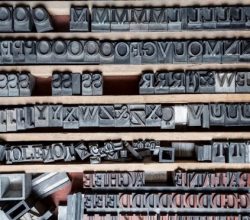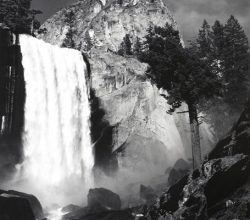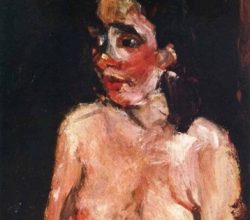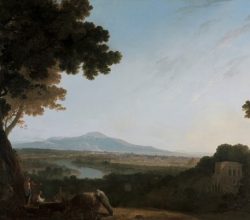
The Grand Tour and the Global Landscape
Tim Barringer | The Magazine Antiques | 1st March 2021
Wealthy young Britons in the 18th century were sent on the fabled Grand Tour of Italy to study ancient art and literature. They learned an idealized landscape – picturesque scenes that expressed “pleasure, power, ownership, and the extraction of value”. The British Empire took these ideas global and, well into the 20th century, landscape painting remained a “contest between the everyday and the ideal, of observed detail versus inherited form”.

